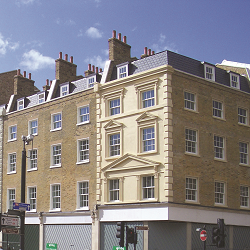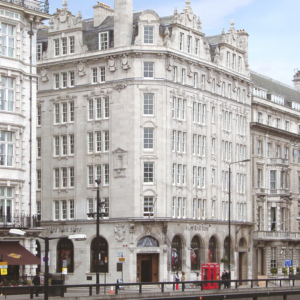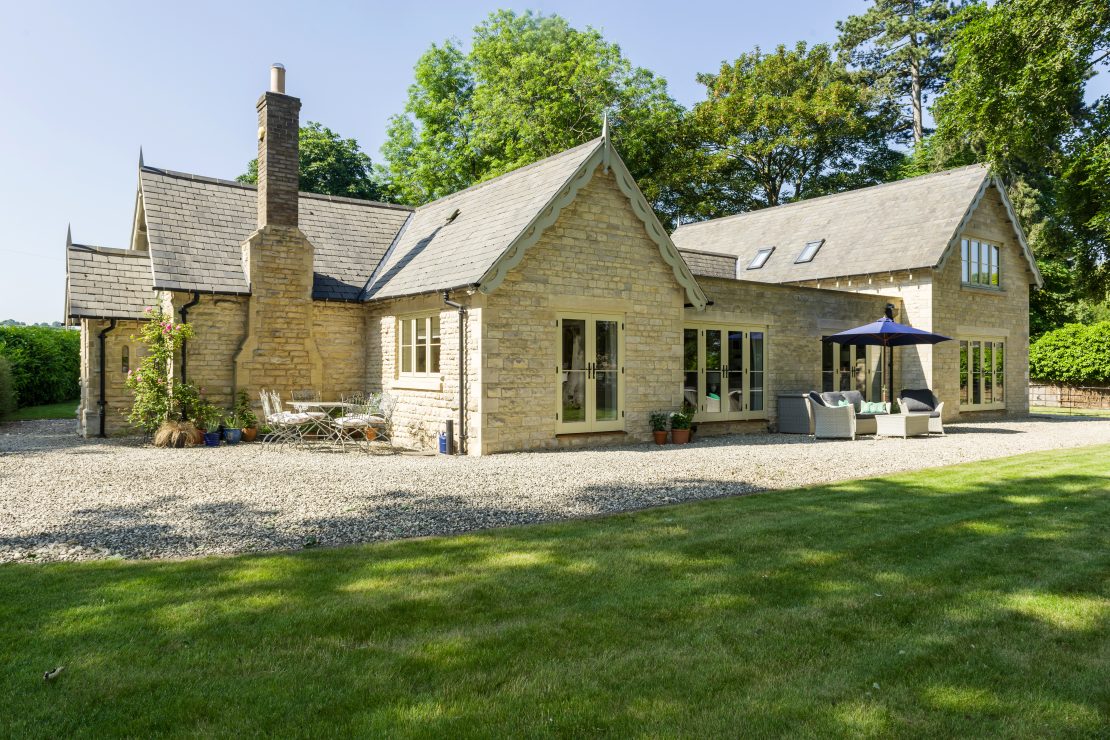January 12, 2018
Many people contact us as they believe that they are unable to carry out works on historic buildings. However, this is not the case and we have worked on numerous projects recently where planning consent was agreed and our sympathetic replacement windows and doors installed.

Therefore, we have put together this guide to refurbishing historic buildings.
Depending on the age and location of your building it may also be listed. The older that the building is, the higher the likelihood of it being listed.
Any building that pre-dates 1700 and resembles its original state will be listed, as will most of the buildings that were built up till 1840.
Buildings built after this date can be checked on the Historic England listed building checker
In most cases, buildings have to be over 30 years old to be eligible for listing and those built after 1945 will have to undergo careful selection.

A building is characterised as listed if it is considered to be of:
• Special architectural or historic interest
• Worth protecting because of national importance
Historic buildings are given listing status to protect them for future generations, and anyone can nominate a building to be listed.
Alternatively, the Historic England programme for listing buildings covers the following criteria:
• Disposal of public assets
• Infrastructure
• Post-war buildings
• First World War related sites
• Places of Worship
• Heritage Action Zones and Priority Places
• Heritage at Risk
Categories of listed buildings
There are approximately 500k listed buildings in the UK and are graded as follows:
• Grade I listed buildings – these historic buildings are of exceptional architectural interest or historic importance, only 2.5% of listed buildings are Grade I
• Grade II* listed buildings – these historic buildings are of particular importance and more than just special interest, 5.8% of listed buildings are Grade II
• Grade II listed buildings – these historic buildings are of special interest and make up 91.7% of all listed buildings
There are approximately 374k listed buildings in England, 47.5k in Scotland, 30k in Wales and a further 10k in Northern Ireland.
Can I replace the windows of my historic building?
Historic buildings are not given listed status to stop any future home improvements. In fact, you can still do pretty much what you like to the building if the appropriate procedures are followed and planning consent achieved.
At George Barnsdale we have significant experience of restoring and refurbishing listed historic buildings and our manufacturing process replicates traditional and historic processes, designs and products, allowing a sympathetic look and feel to be accomplished.
Listed buildings can even be demolished within government planning guidance. Local authorities will use listed building consent to weigh up decisions on historic significance against function and condition.
Before conducting any changes to historic buildings, be sure to view the planning information from the readily available resources.
The future of historic buildings
Conservation and Heritage are continuing to grow in importance and our historic buildings provide our younger and future generations with a clearly visible record of our history, enabling us to time travel throughout the UK.
However, not all buildings have been maintained to the required standard and climate change has resulted in the need for us to look at the energy consumption of buildings and in particular how we can improve the efficiency of buildings.
Historic buildings are notoriously not so good when it comes to energy efficiency. Therefore, it may be time to look at how we develop or update the grading system. Historic buildings are not the easiest to modernise and may be difficult to adapt to modern energy conservation processes.
it has been muted that a new Grade III or virtual listing category be introduced, whereby developers can conserve by record, rather than by actual physical bricks and mortar.
In addition, it is argued that as protecting the façade is considered of paramount importance when retaining a properties historic charm, then the actual interior could be demolished as long as the building looks the same from the street view.
Conversely, it is argued that once you alter the interior of the building, you remove its soul and the entire concept of the building has been destroyed.
Although the future conservation process has not been confirmed, what is clear is that conserving our heritage remains at the forefront of our minds, so will therefore, continue to be essential when developing any historic buildings.




















